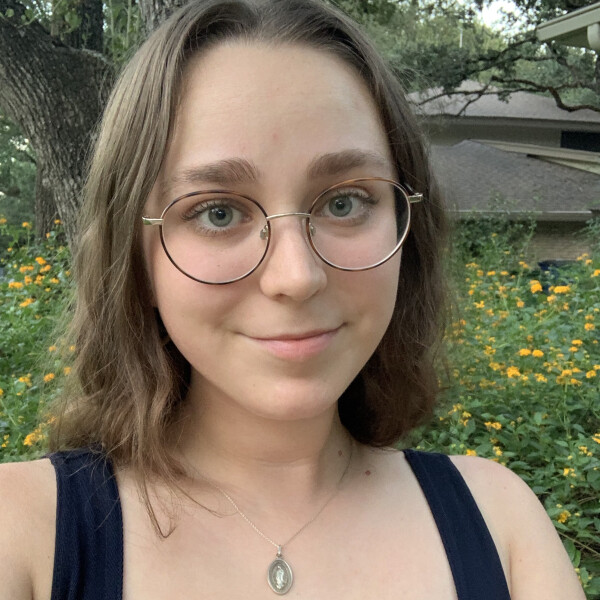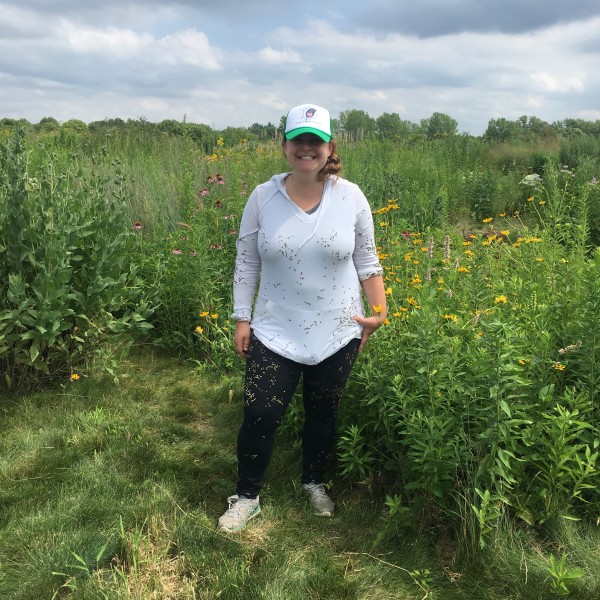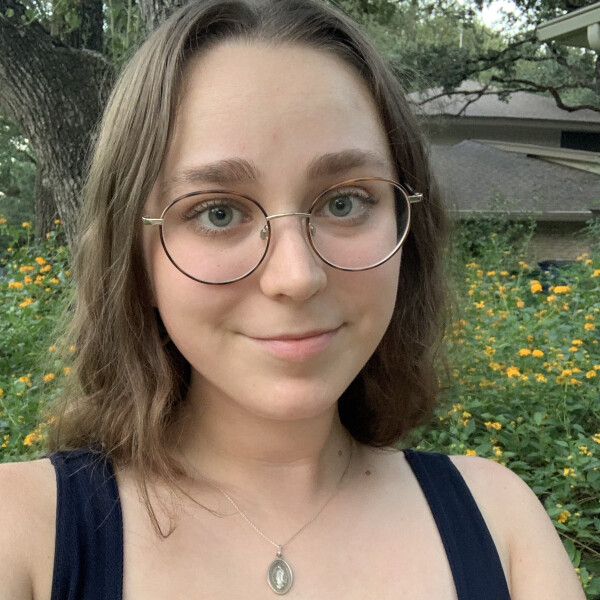
Seed Banking for Conservation and Restoration 2024
Dixon National Tallgrass Prairie Seed Bank at Chicago Botanic Garden
Ecology, Reproductive Biology, Fieldwork, Labwork, Data, Restoration
As climate change and habitat loss continue to alter the landscape of our planet, seed banking has become an increasingly important tool in the fields of conservation and restoration. Seed banking involves storing seeds long-term in cool and dry conditions and, in the context of restoration, reintroducing them to the ecosystem. Seeds are alive. By caring for these individuals through seed banking, the stewards of these seeds have the genetic material needed to make conservation decisions and to support wild populations, re-introduce species to areas they once inhabited, and even to bring back species from extinction. Seed banking and seed keeping is also a means of passing down generational knowledge that comes both from the practice of seed keeping and the knowledge and history of the seeds themselves.
The goals of the project are multifaceted and include studying the loss of viability of seeds that have been stored in seed banks and understanding the diversity of restoration seed banks in the United States. The REU will have the opportunity to learn about the seed banking process, from collecting wild seed in the field to cleaning, testing viability of, and storing seed in the seed bank at the garden. The REU will learn hands-on techniques including collecting and cleaning wild seed and seed viability testing methods including x-ray, tetrazolium, and germination. There will be an additional data analysis component involving potentially both qualitative survey results and statistical analysis of germination test results. Interest in community outreach, education, and/or science communication is ideal.



